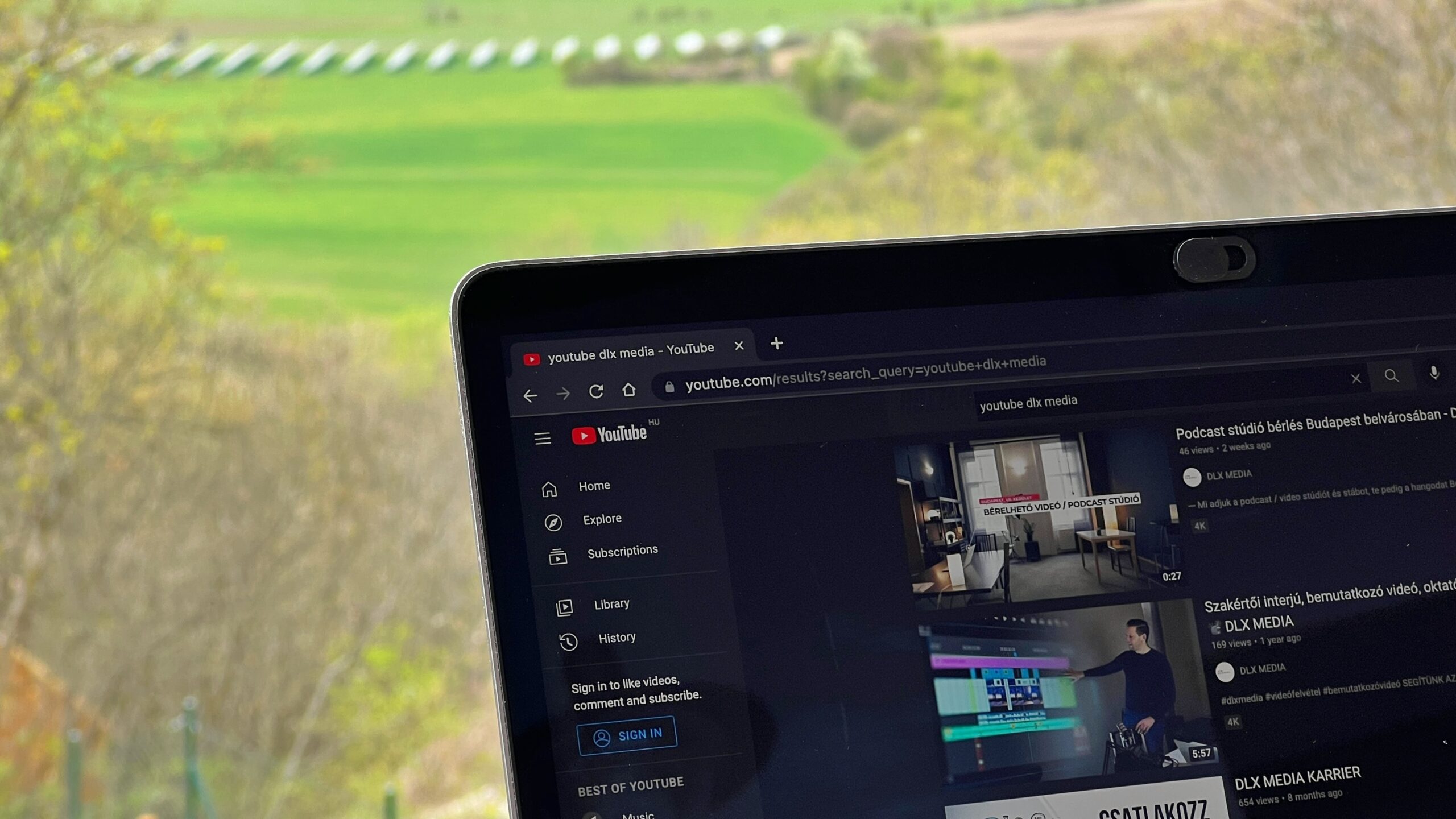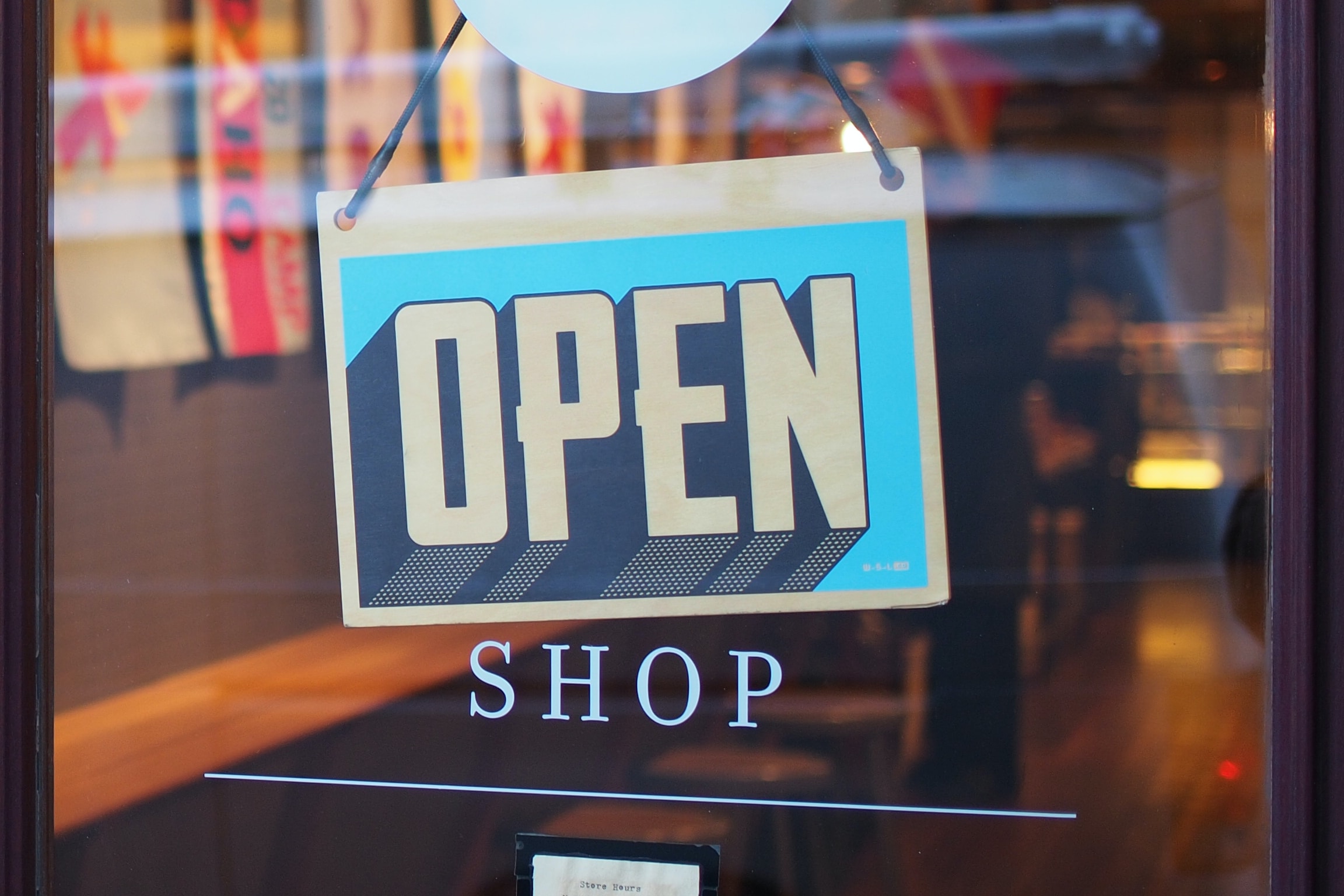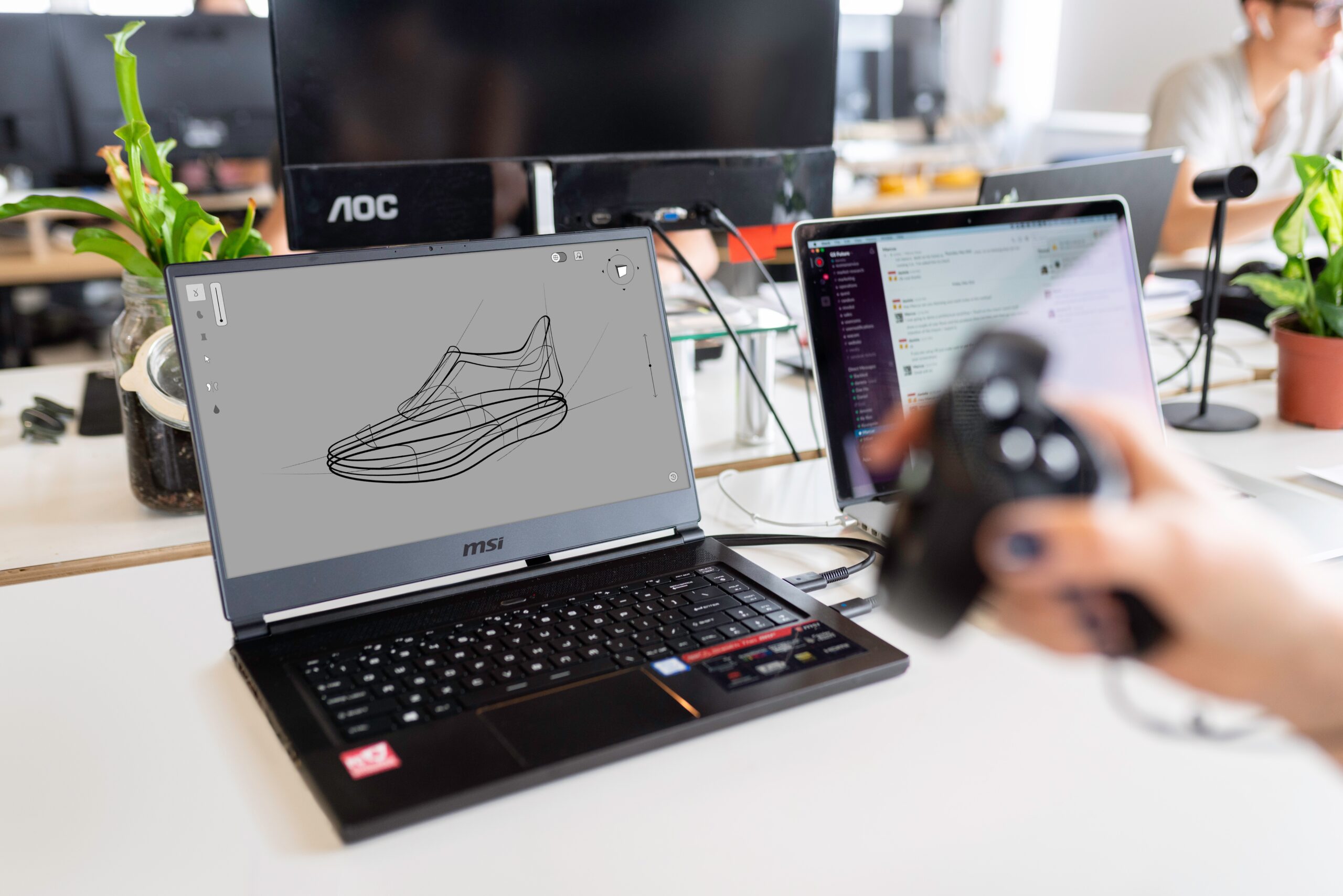In the age of digital commerce, competition for visibility and customer engagement is fierce. With the increasing popularity of video content ecommerce companies looking for innovative ways to distinguish themselves in the busy digital market. AI-driven video SEO strategies provide an effective solution to this challenge, providing businesses with the tools they need to optimize their video content for zoekmachines and improve their online presence. This article discusses the four key steps for implementing AI-driven video SEO strategies for ecommerce websites, exploring the importance of understanding AI-driven video SEO, keyword analysis, video optimization, strategic distribution and performance tracking. By leveraging AI-technologie, ecommerce businesses can take their video content to the next level and drive growth in an increasingly competitive online environment.
Understanding AI-driven video SEO
In today's digital ecosystem, AI-driven video SEO is a game changer for ecommerce websites. By harnessing the power of artificial intelligence, companies can analyze large amounts of data, identify patterns and insights, and automate the optimization of video content for zoekmachine algorithms. AI-powered video SEO goes beyond traditional SEO practices by integrating machine learning and natural language processing to understand the context and relevance of video content, ultimately leading to improved search rankings and increased visibility.
The importance of AI-driven video SEO cannot be overstated as video content continues to dominate user engagement and online consumption. According to a report from Cisco, by 2022, 82% of all internet traffic will be video. This increase in video content means ecommerce websites must adapt their SEO strategies to stay ahead. AI-driven video SEO provides a competitive advantage as it allows businesses to quickly adapt to changing zoekmachines algorithms and user behavior, ensuring their video content reaches the target audience effectively.
Implementing AI-driven video SEO involves a combination of technical expertise and strategic planning. The key lies in understanding the capabilities of AI-technologie and how it can be applied to enhance video content for better zoekmachine performance. This approach not only helps ecommerce websites rank higher in search results, but also improves the user experience by presenting relevant and valuable video content to potential customers.
Step 1: Keyword analysis
The foundation of any successful AI-driven video SEO strategy is robust keyword analysis. AI tools can sift through vast amounts of data to identify the keywords and phrases that are most effective for targeting a specific audience. By analyzing search trends, user queries and competitor content, you can AI provide insight into the language and topics that appeal to potential customers, allowing ecommerce websites to tailor their video content.
Keyword analysis with AI is not a one-time task; it is an ongoing process that evolves with the market and consumer behavior. AI algorithms can track changes in search patterns, allowing companies to adjust their video SEO strategies in real time. This way, ecommerce websites can ensure their video content remains relevant and visible in zoekmachines' results, maximizing the potential for customer engagement and conversions.
To implement keyword analysis effectively, ecommerce websites must invest in AI tools that provide advanced features such as semantic analysis and predictive modeling. These features enable deep insight into the context around keywords, allowing companies to create video content that matches the intent behind user searches, increasing the likelihood of them ranking higher in zoekmachines results.
Step 2: Video optimization
Once the right keywords have been identified, the next step is to optimize the video content to make it zoekmachine friendly. AI-powered optimization involves improving various elements of the video, such as titles, descriptions, tags and transcripts, to ensure they contain the intended keywords and are structured in a way that zoekmachines can easily understand and index.
Video optimization also includes technical aspects such as video file format, compression and loading time, which can have a significant impact on zoekmachines' ranking. AI can analyze the technical performance of video content and make recommendations for improvements, so that videos are optimized not only for zoekmachines, but also for the user experience.
Furthermore, AI-powered video optimization goes beyond the superficial level and delves into user engagement metrics, such as watch time, click rate, and social shares, to refine video content for better visibility in zoekmachines. By leveraging AI data analytics capabilities, ecommerce websites can create a strategic approach to video optimization that drives organic traffic and improves overall online presence.
Step 3: Strategic distribution
Effective distribution is crucial to maximizing the reach and impact of optimized video content. AI-driven video SEO strategies include strategically distributing videos across multiple platforms, including the ecommerce website, social media channels, and video sharing sites. AI tools can analyze the performance of videos on different platforms and suggest the most effective distribution channels based on audience preferences and behavior.
AI can also automate the distribution process, scheduling video releases at optimal times for maximum engagement. This level of strategic distribution ensures that video content is not only visible, but also reaches the target audience at the right time and place, leading to more views, shares and ultimately more sales for ecommerce websites.
Additionally, AI-powered distribution strategies can adapt to changing market trends and user responses, continually refining video distribution approaches. By leveraging AI's predictive analytics, ecommerce helps companies stay ahead and ensure their video content remains impactful and relevant in a rapidly evolving digital landscape.
Step 4: Track performance
Performance tracking is an essential part of AI-driven video SEO because it provides insight into the effectiveness of optimization and distribution efforts. AI tools can track a wide range of metrics, including video views, engagement rates, click rates, and conversion rates, providing a comprehensive view of video performance. This data is essential for understanding return on investment and identifying areas for improvement in the video SEO strategy.
AI-powered performance tracking also allows ecommerce websites to A/B test, comparing different video content, formats and distribution channels to determine what resonates best with audiences. By analyzing user interactions and feedback, AI can refine video SEO strategies to align with customer preferences and market trends.
In addition, AI can provide real-time performance tracking, allowing companies to quickly respond to changes in user behavior or soekmachine algorithms. This flexibility is crucial to maintaining a strong online presence and keeping video content at the forefront of zoekmachines' search results, fueling ecommerce's continued growth.
Using AI for the growth of ecommerce
Incorporating AI-driven video SEO strategies is not just about improving rankings in zoekmachines; it's about using technologie to drive the growth of ecommerce. By harnessing the power of AI, companies can gain deeper, more engaging and relevant insights into their audiences video content create and distribute them more effectively through digital channels.
AI-technologie also offers scalability, allowing ecommerce websites to efficiently manage and optimize a large amount of video content. As the ecommerce landscape continues to expand, the ability to deliver videoSEOscaling up efforts are becoming increasingly important to sustain growth and remain competitive.
Ultimately, AI-driven video SEO is about creating a seamless and personalized user experience that translates into increased customer engagement and sales. By embracing AI-technologie, ecommerce companies can position themselves at the forefront of digital innovation and unlock new opportunities for growth and success in the ever-evolving world of online commerce.
Conclusion
AI-driven video SEO strategies provide a powerful approach for ecommerce websites to increase their online presence and drive growth. By understanding the capabilities of AI-technologie and implementing the four key steps of keyword analysis, video optimization, strategic distribution and performance tracking, companies can optimize their video content for zoekmachines and reach their target audience effectively. Leveraging AI for ecommerce's growth not only improves visibility but also creates a more engaging and personalized user experience. As the digital marketplace continues to evolve, AI-driven video SEO will become increasingly important for ecommerce websites that want to stay ahead of the competition and achieve long-term success.













